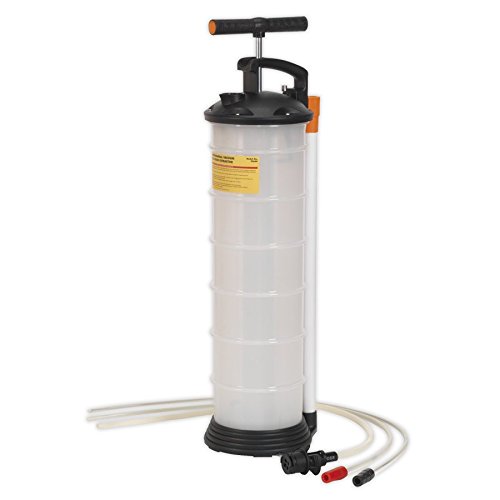ranger58sb
Guru
For those unfamiliar with these engines, there are three zinc anodes: upper and lower aftercooler, port side, and under the heat exchanger, starboard side. The raw water system also includes oil cooler and gear oil cooler, and in our case, small lines to the dripless shaft seals.
It's sort of easy enough to drain raw water from our starboard engine from the lower aftercooler zinc into a trash bag. Remove the top aftercooler zinc, then remove the lower zinc and tend the bag. Seems like about 5-6 gallons of sea water...
Our port engine is more difficult, given the two aftercooler zincs are on the outboard side. There's not a lot of space between the zinc port and the engine bed rail on that side (which is actually notched to get a tool on the zinc)... and it's awkward to get down close to the action anyway.
So I thought I'd try draining that side with a transfer pump, out through the top aftercooler zinc port. Got a fitting to screw into the aftercooler and convert to garden hose threads on the other end. Remove top aftercooler zinc, short hose to transfer pump, long hose from pump to overboard, what could be simpler?
Except it didn't work. Not even a little.
Hmph!
Back to the bag, but of course that process isn't all that elegant on that side, lots of raw water escaped into our bilge... and I hate that!
Anybody know why my Rube Goldberg approach didn't empty our system?
-Chris
It's sort of easy enough to drain raw water from our starboard engine from the lower aftercooler zinc into a trash bag. Remove the top aftercooler zinc, then remove the lower zinc and tend the bag. Seems like about 5-6 gallons of sea water...
Our port engine is more difficult, given the two aftercooler zincs are on the outboard side. There's not a lot of space between the zinc port and the engine bed rail on that side (which is actually notched to get a tool on the zinc)... and it's awkward to get down close to the action anyway.
So I thought I'd try draining that side with a transfer pump, out through the top aftercooler zinc port. Got a fitting to screw into the aftercooler and convert to garden hose threads on the other end. Remove top aftercooler zinc, short hose to transfer pump, long hose from pump to overboard, what could be simpler?
Except it didn't work. Not even a little.
Hmph!
Back to the bag, but of course that process isn't all that elegant on that side, lots of raw water escaped into our bilge... and I hate that!
Anybody know why my Rube Goldberg approach didn't empty our system?
-Chris

